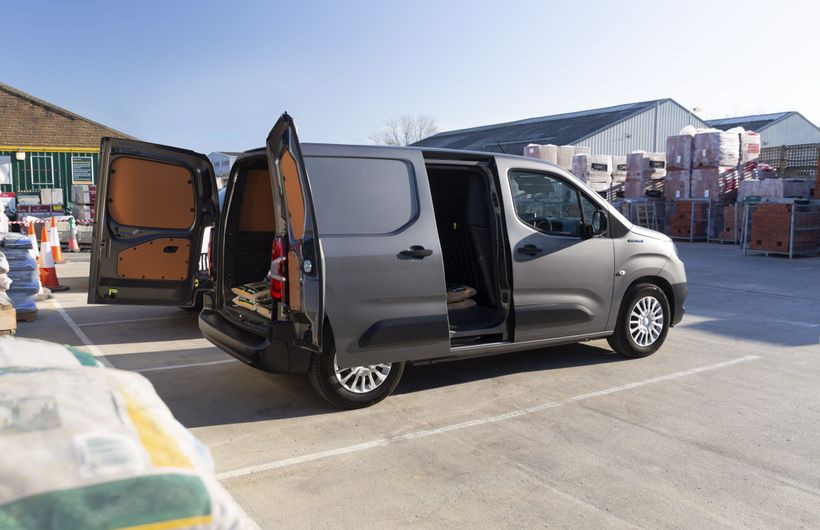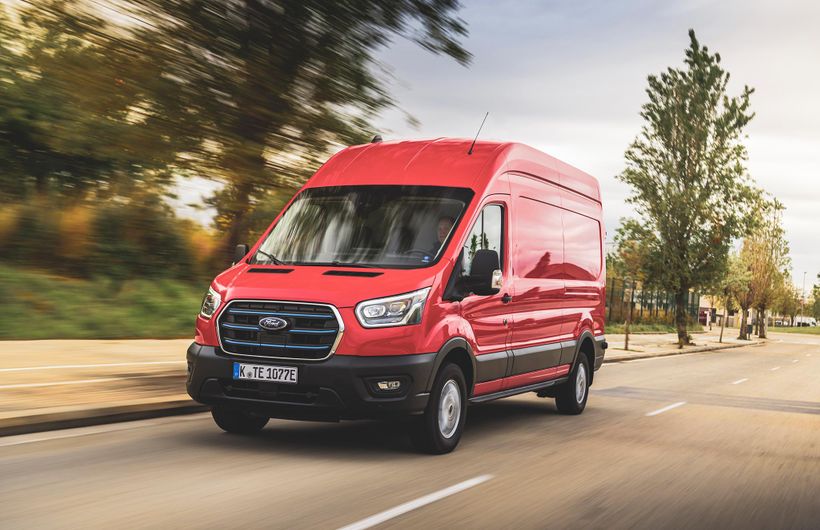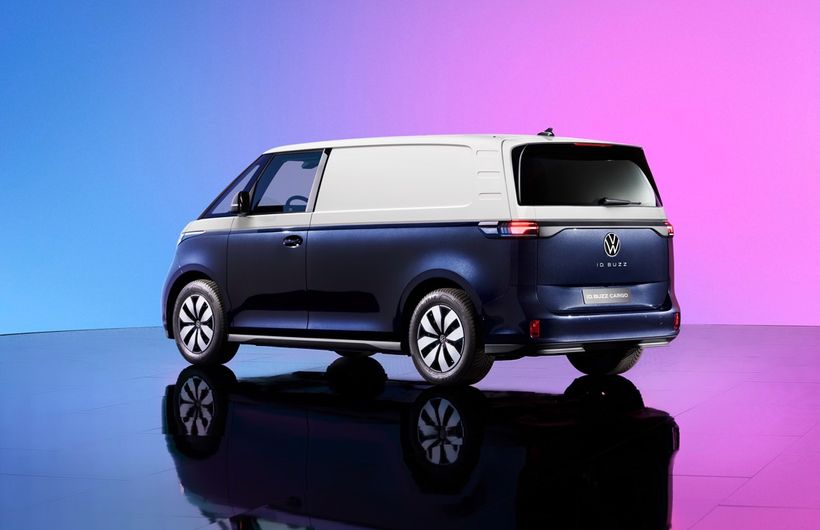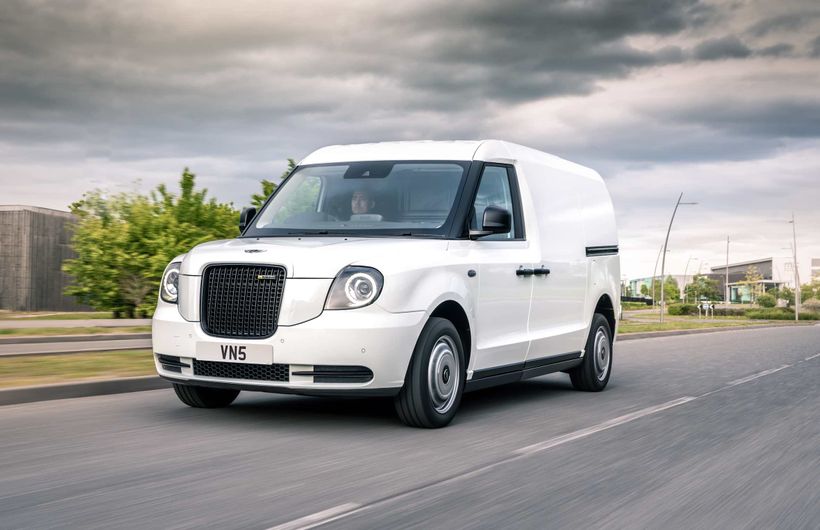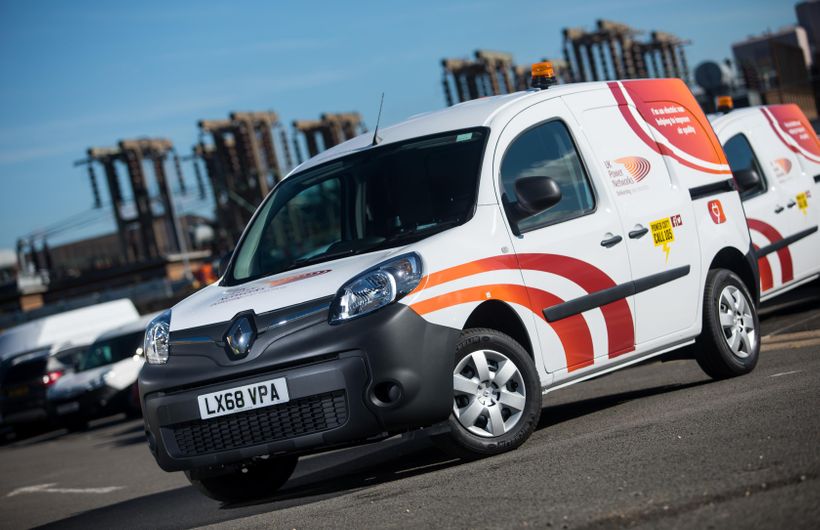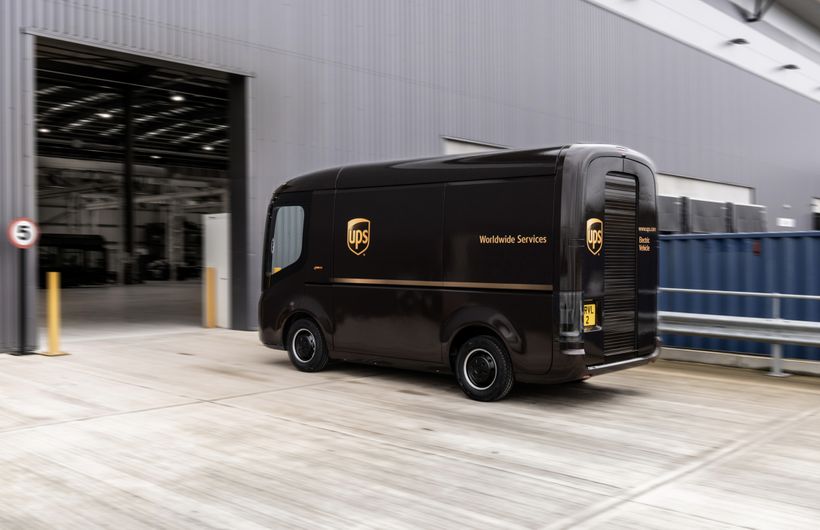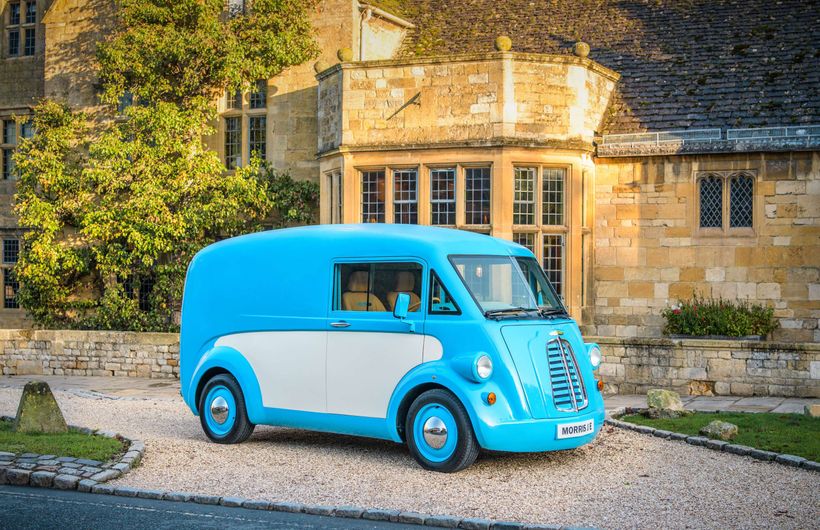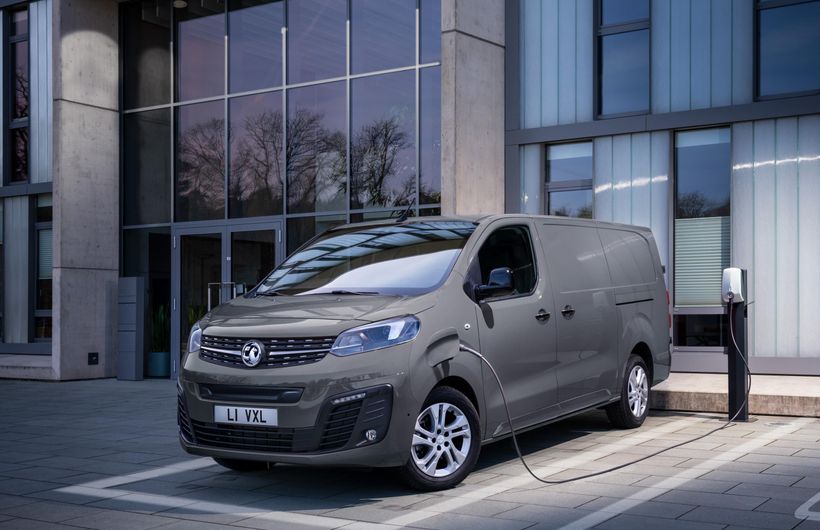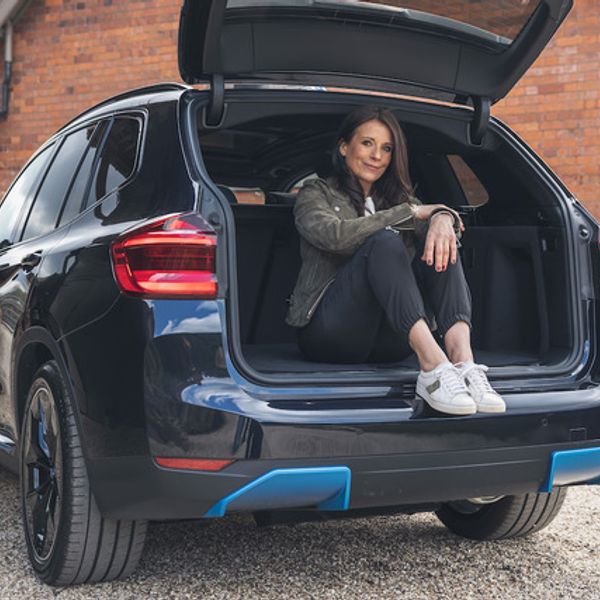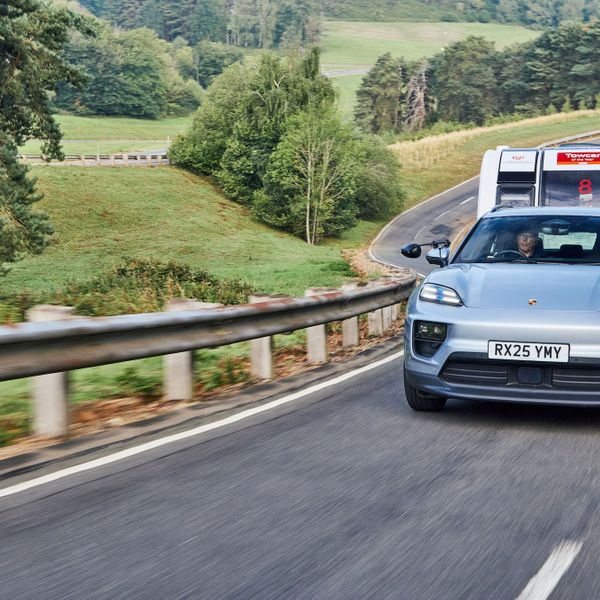While the sexy electric cars with Ferrari-baiting performance might be grabbing all of the headlines, there is a much quieter revolution going on which is bringing zero-emissions motoring to Britain at rapid rate. It’s the swap to electric vans.
Of course, electric-powered commercial vehicles have been around for decades, most commonly delivering dairy products on the much-maligned milk float. But the improvements in technology, some pretty generous government grants and the threat of zero-emission zones in many cities have made sales boom in the past few years.
Of course, a pure-battery van won’t yet work for the type of driver who has to pound up and down the motorways for hours every day. But they have a key role to play in cleaning up the air in cities, by replacing diesel vans which do less than 100-200 miles a day. There are plenty of those doing deliveries, taking tradespeople to do jobs like service lifts and office machinery. Users will be able to save a fortune in fuel and congestion charges, and electric vehicles are much nicer to drive, with no clutch or gears to change. They’re vibration-free too, and of course you won’t be pumping out fumes.
Take them for granted – how the government will help you swap to electric
Just like with electric cars, the government is keen for van drivers to swap to electric and will give you a grant to make it happen. However it’s a little more generous with commercial vehicles, with grants which depend on the size of van you are buying. To qualify, the vehicles need to have low official CO2 emissions figures and be able to travel a minimum distance on electric power only. Because of this, the official list could includes some Plug-in Hybrid Electric Vehicles – but be careful as these might not be permitted in future zero-emission zones.
You can claim a total of 1000 plug-in van and truck grants for your business or organisation each year. This limit resets every year on 1 April. That's not likely to be an issue for you unless you're called Mr A. Mazon or Roy L Mail.
If you live or drive regularly in London there’s even more financial help available, with grants of up to £9,500 if you are prepared to scrap an older polluting van and swap into a low-emission model. If you want more details of the complicated criteria, check the TfL website here.







